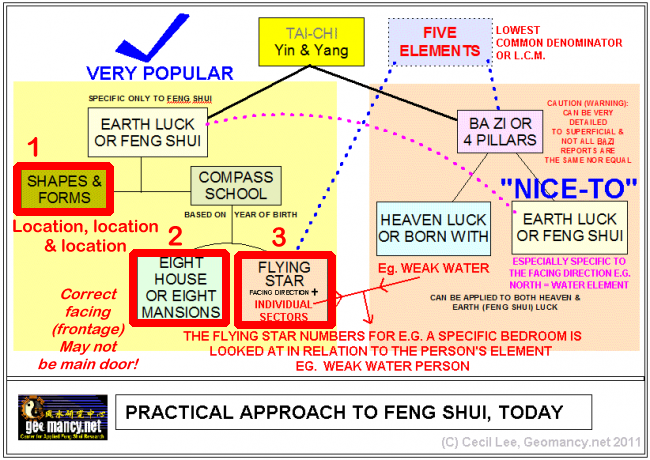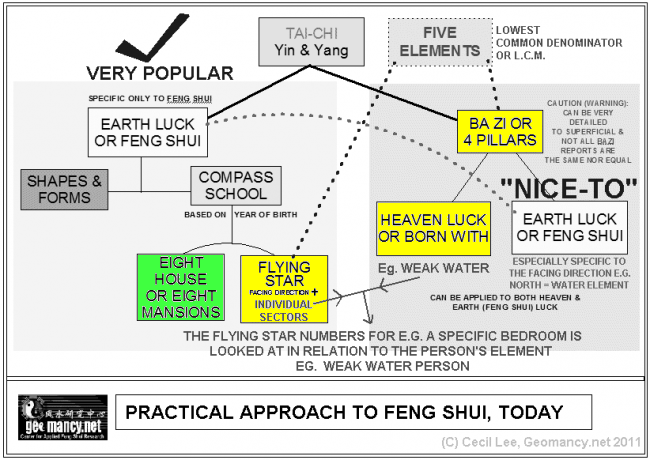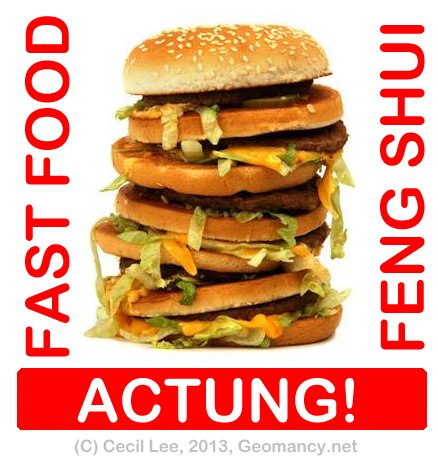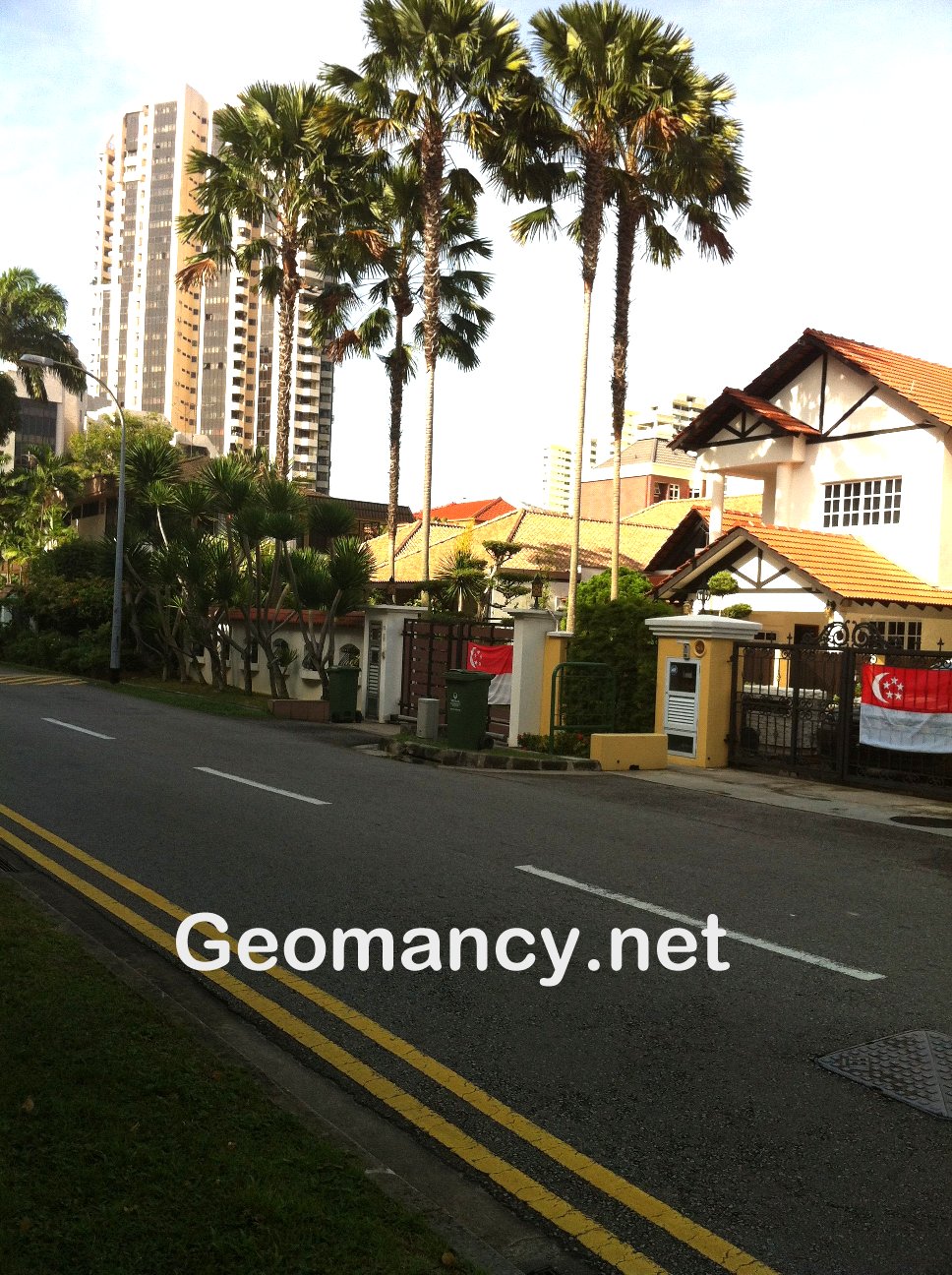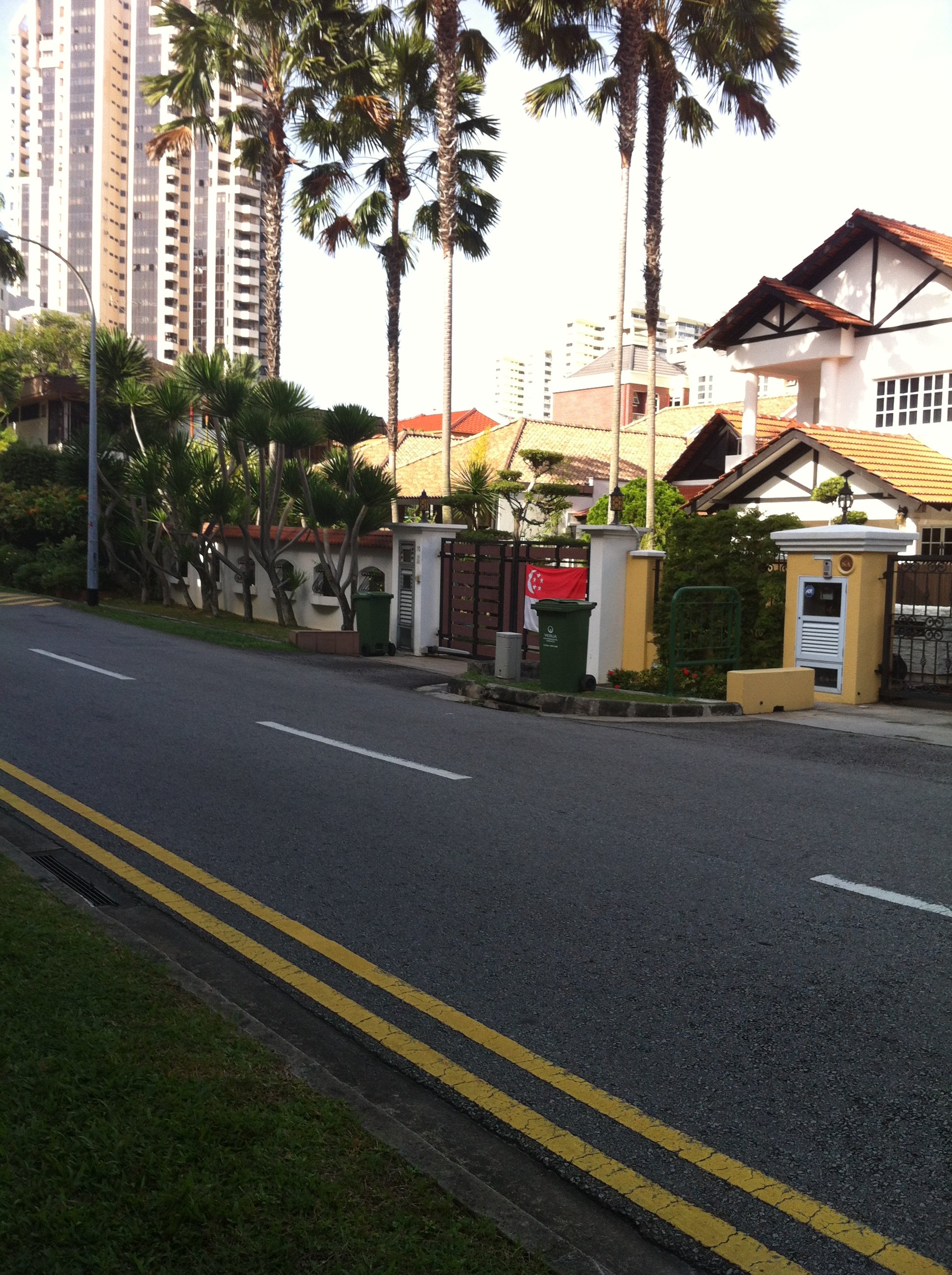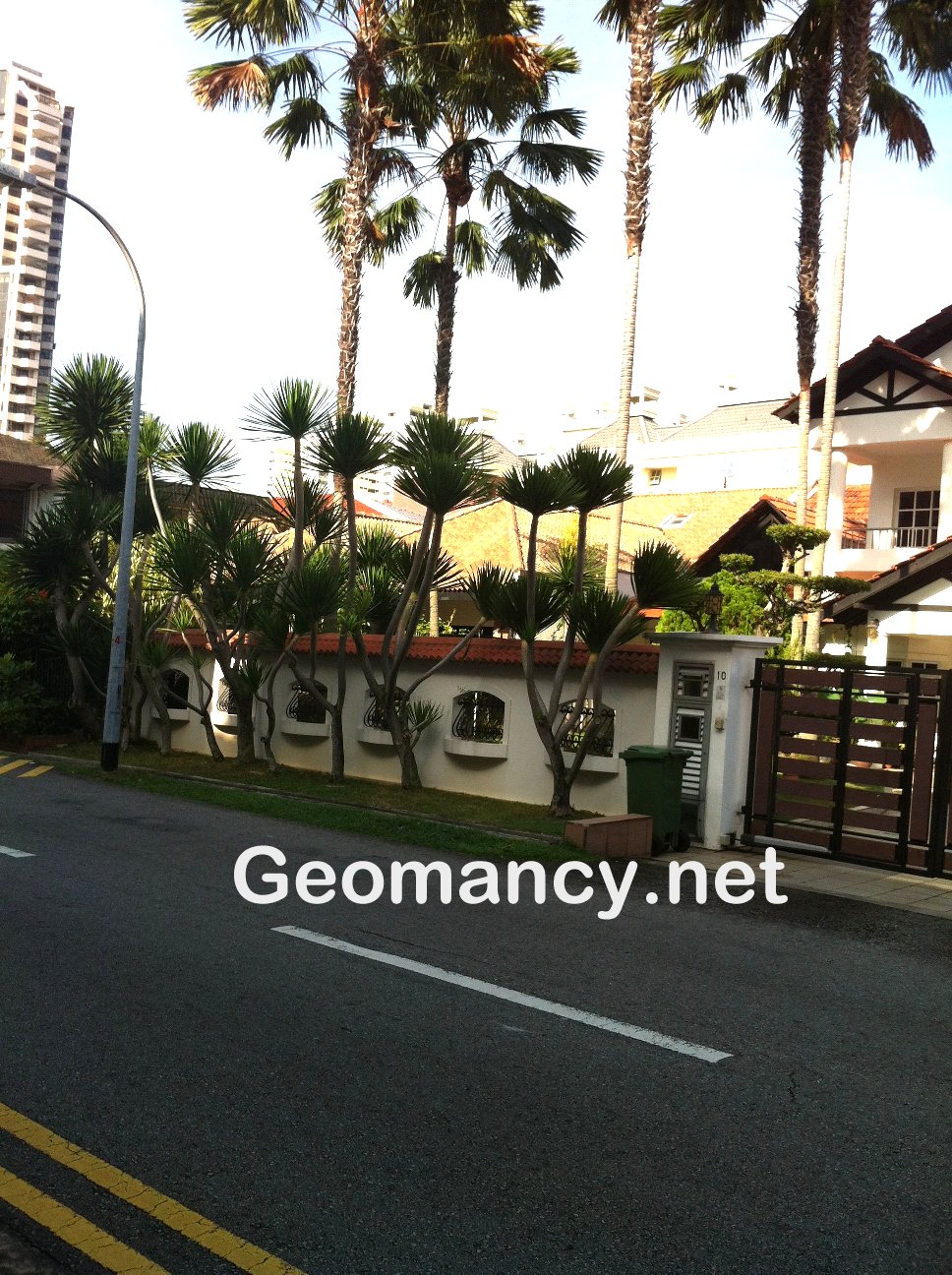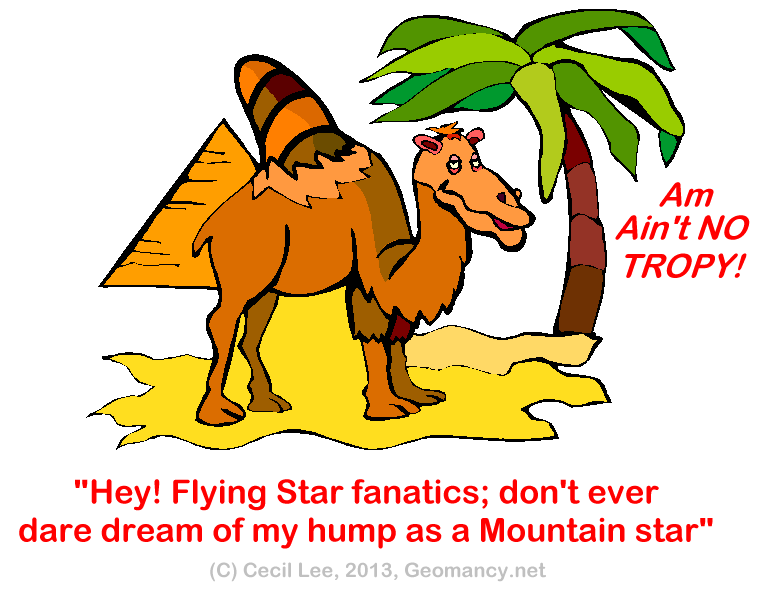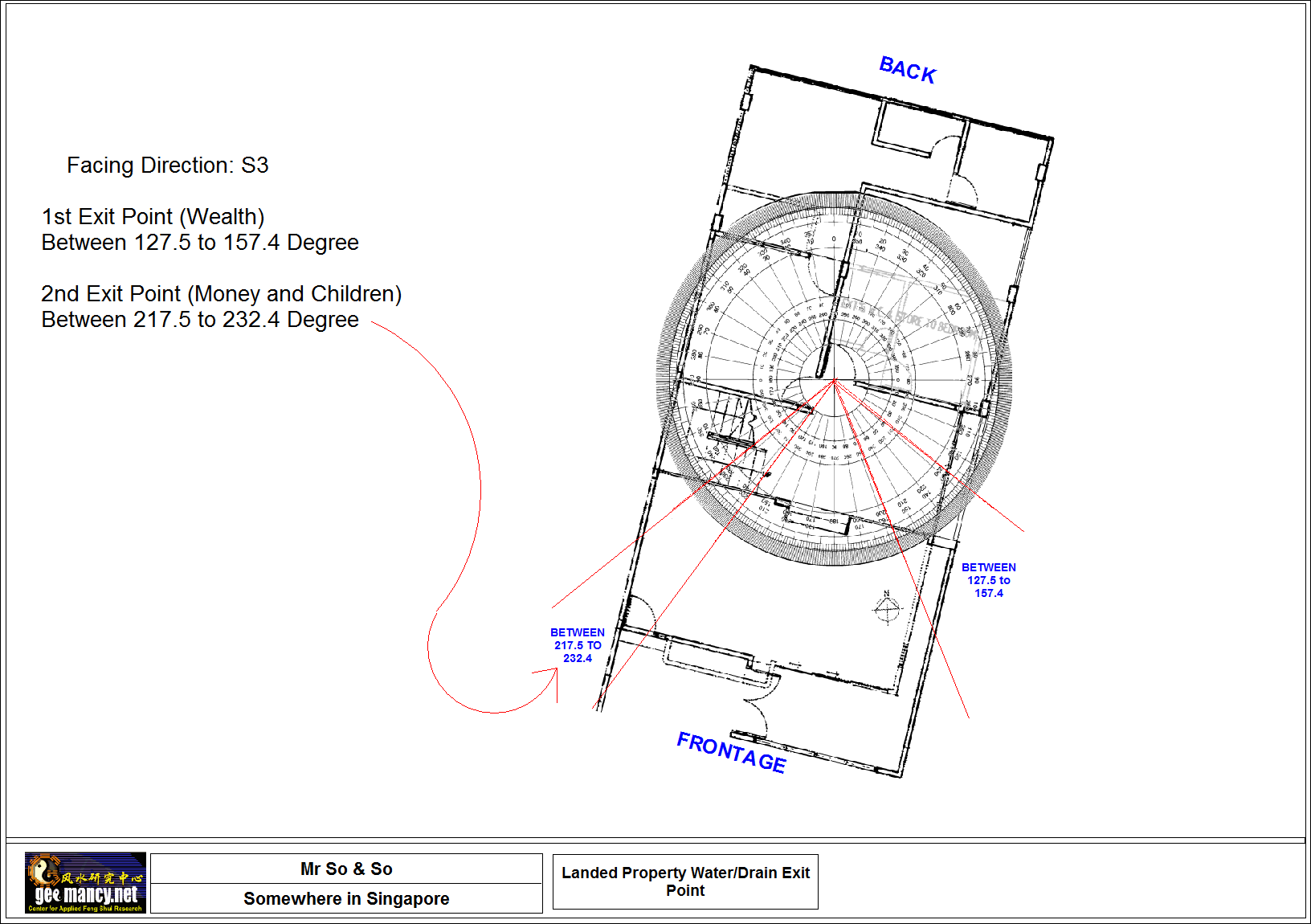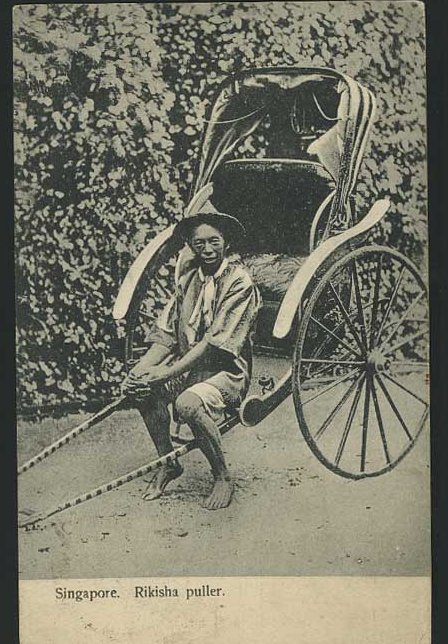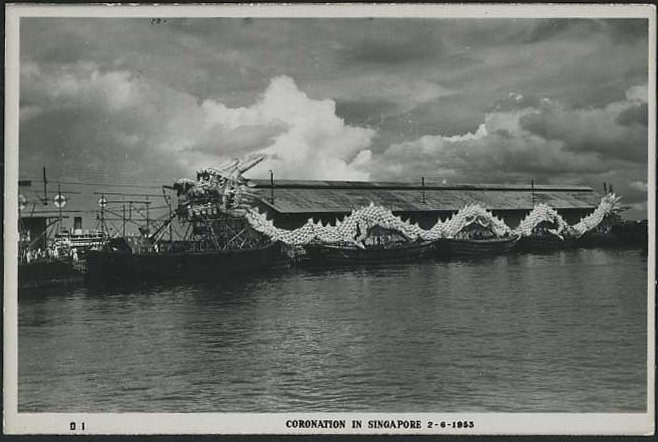-
Posts
38168 -
Joined
-
Last visited
-
Days Won
136
Content Type
Profiles
Forums
Blogs
Events
Gallery
Store
Articles
Everything posted by Cecil Lee
-
-

House plants can detoxify the air in a home?
Cecil Lee posted a topic in Current Affairs & Lifestyle
-
1. Please see attachments. 2. Under symbolism in Feng Shui; the house number 2B placed on the gate pillar symbolises UP. 2.1 While the house number 2B can actually be considered as "UP". But, because the number 2 is up and the next B is down; some may have doubts in it's placement.
-
Watercolours EC: 3 bedroom units. In some of the 3 bedroom units; the illustrated layout shows a TV set : be wall mounted or on a table top may be sharing the same wall as the (partial) master bedroom's bed-head. Some may ask. So? What is the concern? Some are concern that; for example a wall mounted TV; may emit some "emissions". IF in doubt, best not to do so.
-
Location: Watercolours EC Attached is a sample illustration that I had drawn. The red arrow shows the potential poison arrow(s) from neighbouring block/stack towards another neighbour's stack/unit. For example: #08 is aimed at # 13; #20 aimed at #16; #06 at #09 etc.... Thus especially if all the blocks are not parallel to each other in a development but at 45 degreeor more angles; one has to take greater precaution not to get a unit that has a sharp corner of another building aimed towards it. Fortunately Lush Acres does not have such a concern. The main concern for Lush Acres that it does not have many facing directions to choose from i.e. North or South facing directions. Unlike the Watercolours where literally, there are so many facing directions that can appeal to those of the East / West group.
-
The Watercolours Executive Condominium: Although Blocks 21, 23, 29 & 31 has it's advantages. However, stacks like #16 may get a poison arrow in terms of a sharp corner of #20 aimed towards it. Another concern with the Watercolours executive condo is that when the pools are "surrounded" by all the blocks; there is more of a concern of the swimming pool (dirty) water filtering into some of the lower floor units - especially if those units are the only ones that open their windows. More likely for young children living there to get lung "problems". Thus, one could appreciate how the architect laid out the blocks in Lush Acres that are parallel to each other. A friendlier way to "harmonise' all the blocks and still get the maximum out of qi flow within the site.
-
These are some considerations: 1.The plot of landis "L" shaped and similar to something like the "Flo residence" which also has a similar shape. Except that for Flo residence, in the future, the missing"area" will be church. 2. From a Shapes and Forms point of view, the land is generally OK, flat ground. And the good thing is that blocks 5 and 7 are well spaced out. And reminiscent of the "old" HDB 5 room point block flats. 3.Flats that have air-flow all rounda block are generally better than con-joint or like acontinuous snake flow. 4. Thus Blocks 5 and 7 seems the better choice.And Block 1 based on Shapes and formsshould generally be the last resort as it is at the junction. 5. Majority of the stackseither face Flying Star N2 or S2. 6. From now to 2023, the better stacksare S2 with the EXCEPTION of if possible try to avoid the kitchen at NW sector. Where S2 apartments often are prone to such a problem.
-
This is one of the few developments where one of the pavilions can be directly or indirectly seen by other stacks. Often, wakes are conducted at the pavilion. And main culprit is the pavilion at 292D. Really no choice, many stacks withunits at low floors can literally seeinto thispavilion. But from a Feng Shui point of view; the most affected are stacks 528 and 530. This is a past ranking exercise.
-
If you have read my earlier link; the test of whether a home is at a T-junction is where just imagine a run-away vehicle amok. And if the vehicle is out of control can literally plough into the foundations or void deck support pillars. And from the looks of it; yes, there is no barrier to stop a vehicle from ploughing into the stack(s). Thus, especially if there is a unit at the ground floor or if the unlikely that a vehicle flies into the 2nd storey unit; then this is inauspicious. This has more to do with common sense. Higher floors may have less of such a concern unless one is so unlucky that the stack collapse after such an "accident".
-
Sorry, cannot see links. This is a link to a past resource. If you have the time, you can go thru it. http://forum.geomancy.net/phpforum/article.php?bid=2&fid=1&mid=32158&new=%3Cbr
-
-
The unclaimed tombs at Bukit Brown & the new highway http://bukitbrown.com/main/?p=7355
-
The Builders of This Spanish Skyscraper Forgot the Elevator The Intempo skyscraper in Benidorm, Spain?standing proud in this image?was designed to be a striking symbol of hope and prosperity, to signal to the rest of the world that the city was escaping the financial crisis. Sadly, the builders forgot to include a working elevator. In fairness, the entire construction process has been plagued with problems, reports Ecnonomia. Initially funded by a bank called Caixa Galicia, the finances were recently taken over by Sareb ? Spain?s so-called "bad bank" ? when the mortgage was massively written down. In part, that was a function of the greed surrounding the project. Initially designed to be a mere 20 storeys tall, the developers got over-excited and pushed the height way up: now it boasts 47 storeys, and will include 269 homes. But that push for more accommodation came at a cost. The original design obviously included specifications for an elevator big enough for a 20-storey building. In the process of scaling things up, however, nobody thought to redesign the elevator system?and, naturally, a 47-storey building requires more space for its lifts and motor equipment. Sadly, that space doesn't exist. Perhaps unsurprisingly, the architects working on the project have resigned, and it remains unclear exactly how the developers will solve the problem. Can we recommend the stairs?
-
These are some considerations: 1. Location, location and location. For example you have a classic suitable favourable frontage direction. 2. Please note that contrary to some beliefs; the MAIN DOOR may not necessarily be the frontage: http://forum.geomancy.net/phpforum/article.php?bid=2&fid=6&mid=15673&new= 3. Frankly, there are services like Can or cannot buy and general costs range from $188 (off-site) to $288 on-site: reference: http://geomancy.sg
-
Further to what I had mentioned: 1. Please see attachment. 2. Three of themore important concepts under Can or Cannot Buy a home (apartment) are highlighted in RED box areas: numbered as 1, 2 and 3. 3. Location, location, location. This imply that even if or "so what" if the frontage is suitable to the person?" especially if the external Feng Shui has either threats or not so fantastic. 3.1. Here, even when seeking advice; can't just say " the frontage (or you may like to call it main door) is suitable to the person. But, one is looking at isolation. 3.2 One can have the most perfect home within the four walls of the house. But if outside is "condemned".. this is even worse-off than a home that is less suitable to the person. 4. Usually, the Flying Star Feng Shui is also looked at. No point saying that it is a Period 8. Too general. One may have to look at the sectors in relation to the apartment. Thus, it is not so straight forward. If so, might as well flip a coin "heads = buy; tails = don't commit"...
-
These are some considerations: 1. Please see attached illustration. 2. What you mentioned comes under thegreen shaded area: Eight House or Eight Mansions Feng Shui. 2.1. Where your best directions and sectors are SW, W, NW and NE. 2.2. For your second part of the enquiry: S is fire element but my kitchen is E location..... 3. For this 2nd part; it also involves: all those highlighted inYELLOW in the chart. 4. Unfortunately, you cannot simply use or apply the shadedGREEN area = eight house in ISOLATION. 5. In the chart; you will see that Eight House and Flying Stars belong to the Compass School of Feng Shui, also. 6. I am truly afraid, if you were to DIY or want to DIY, you still have a long way to go. 7. And one should understand this first: The Three-Step-Approach
-
Surprisingly, although this house has many trees at it's frontage; the trees palm trees are tall and the other trees have branches that are well spaced out. It looks airy and not dim. Favourable for qi flow into the home. Thus a good balance between having no trees or too many trees for others. Note: the tree trunks within the compound of the house does not pose any sha qi or poison arrows (if any) as they are not aimed towards the main entrance door or any windows. Location: Jalan Hajijah , SGP
-
-
English name is : rickshaw; while in Japanese it is rickisha (puller). He truly leads a hard life. Wears no slippers or shoes. And must be a hard ride for the passengers: as the wheels are thin and no suspension. However, at that time, many roads are sandy so can absorb the shock better. If he was alive, today, he would be 111 years old!
-
During the Queen's (Queen of England - Queen Elizabeth II) coronation; for one week; this dragon boat was light up at night for this celebration as it travels around the whole SGP island.
Forecast
Free Reports
Useful Handbooks Guides
Feng Shui
- Feng Shui Resources
- Fun with Feng Shui
- Photo & Pictures
- Encylopedia of Feng Shui
- Singapore Property Review
Chinese Horoscope
Palmistry
Feng Shui Consultation
Services
Order & Download Forms
Main Navigation
Search



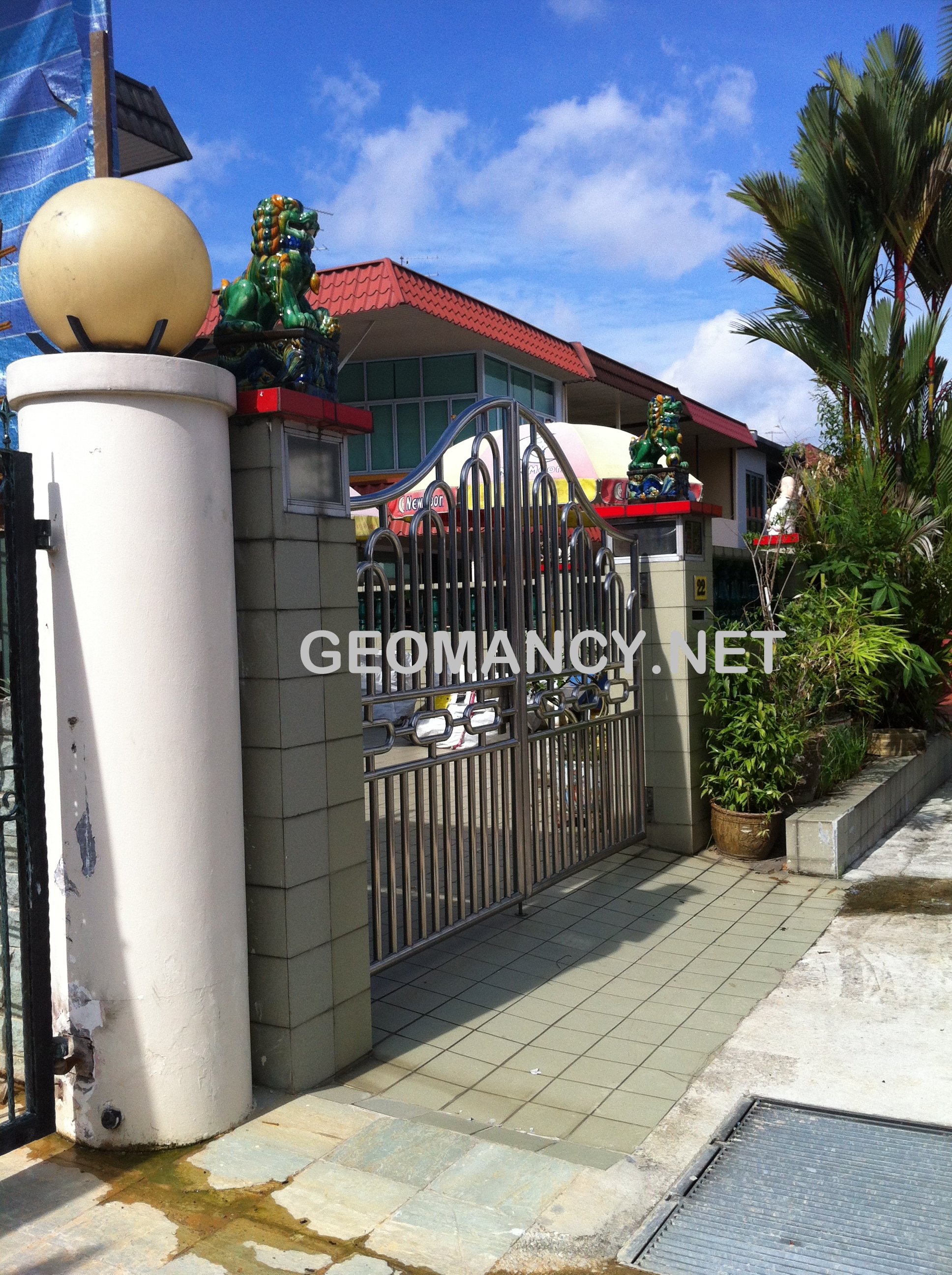
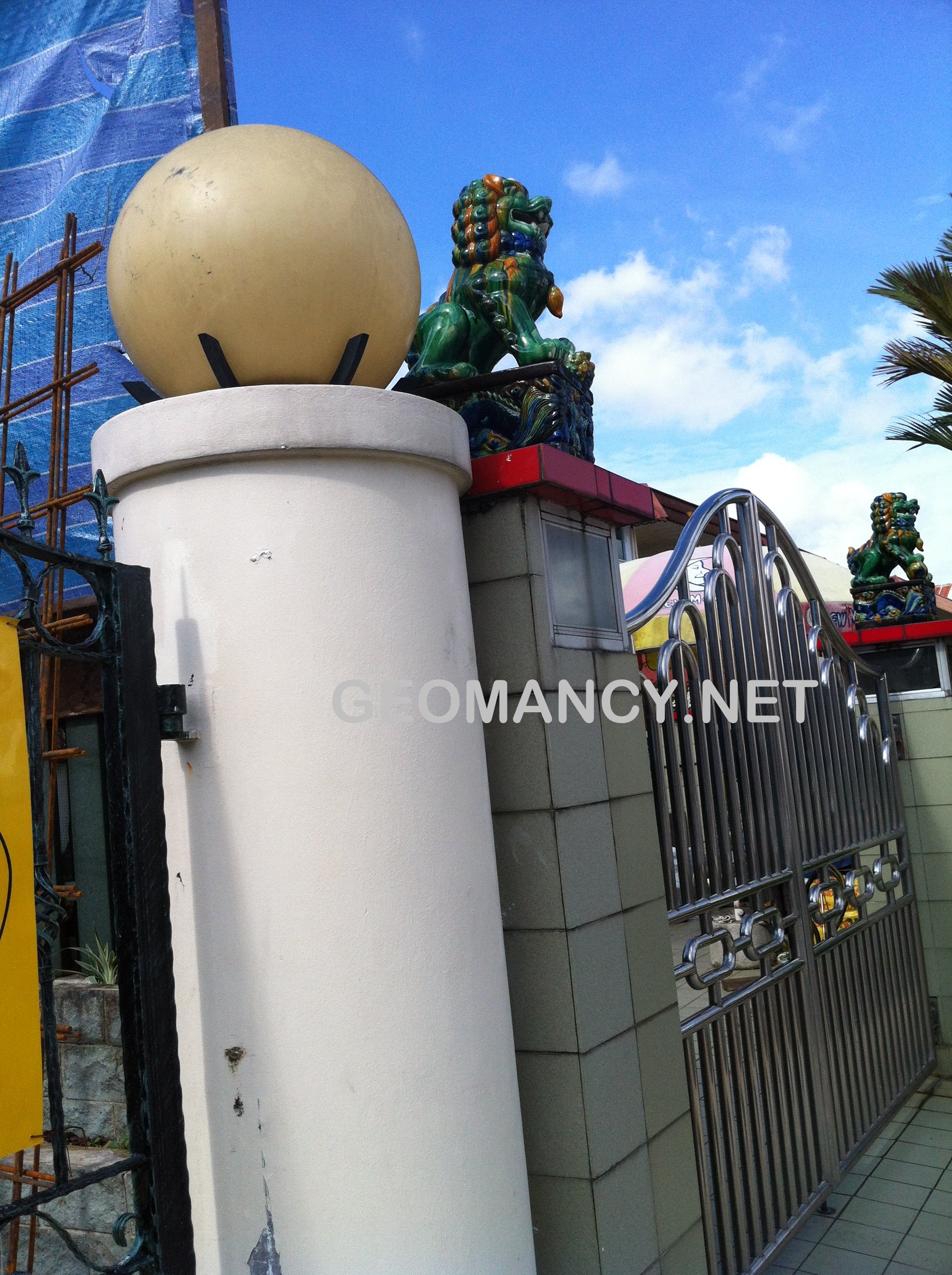
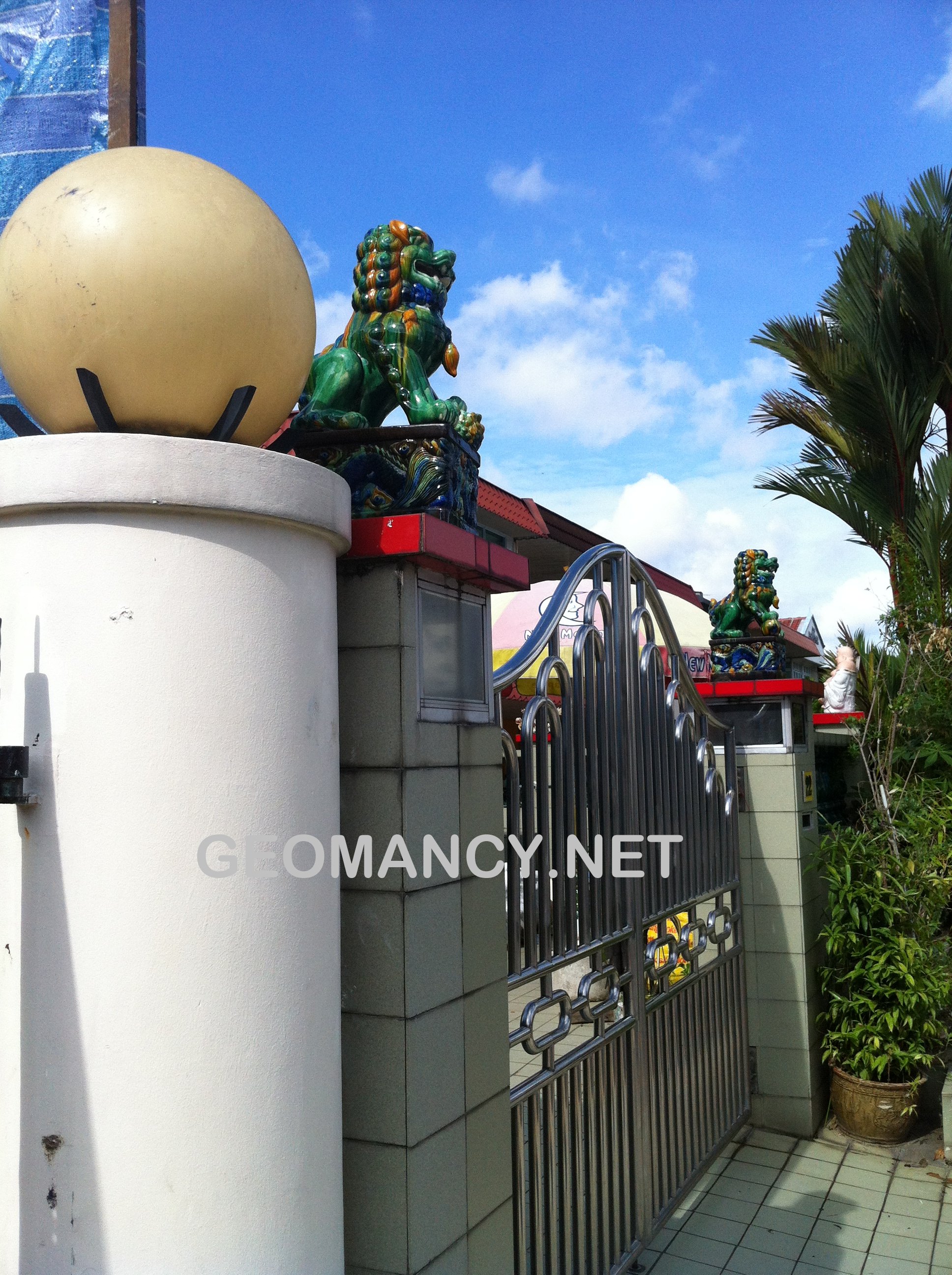
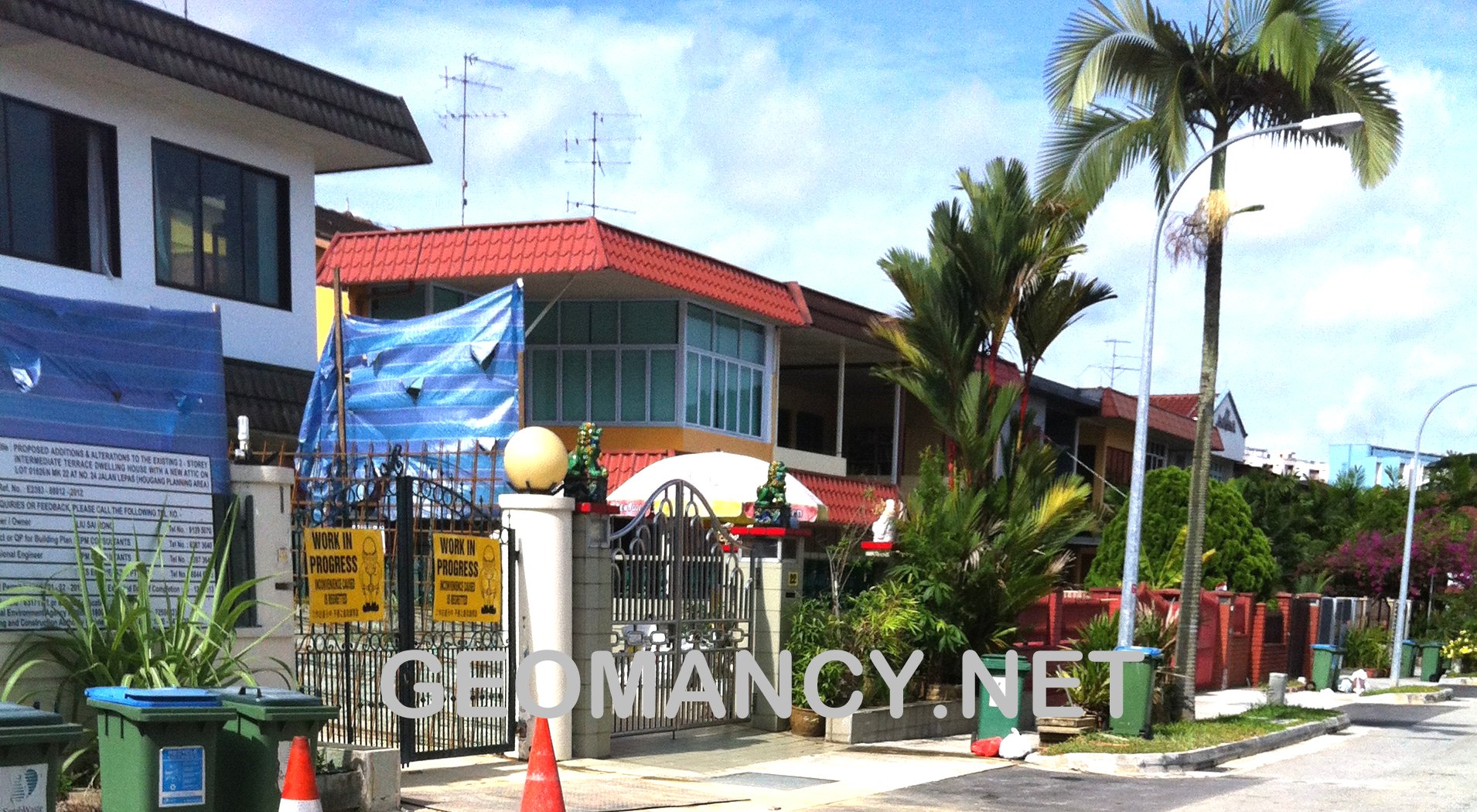

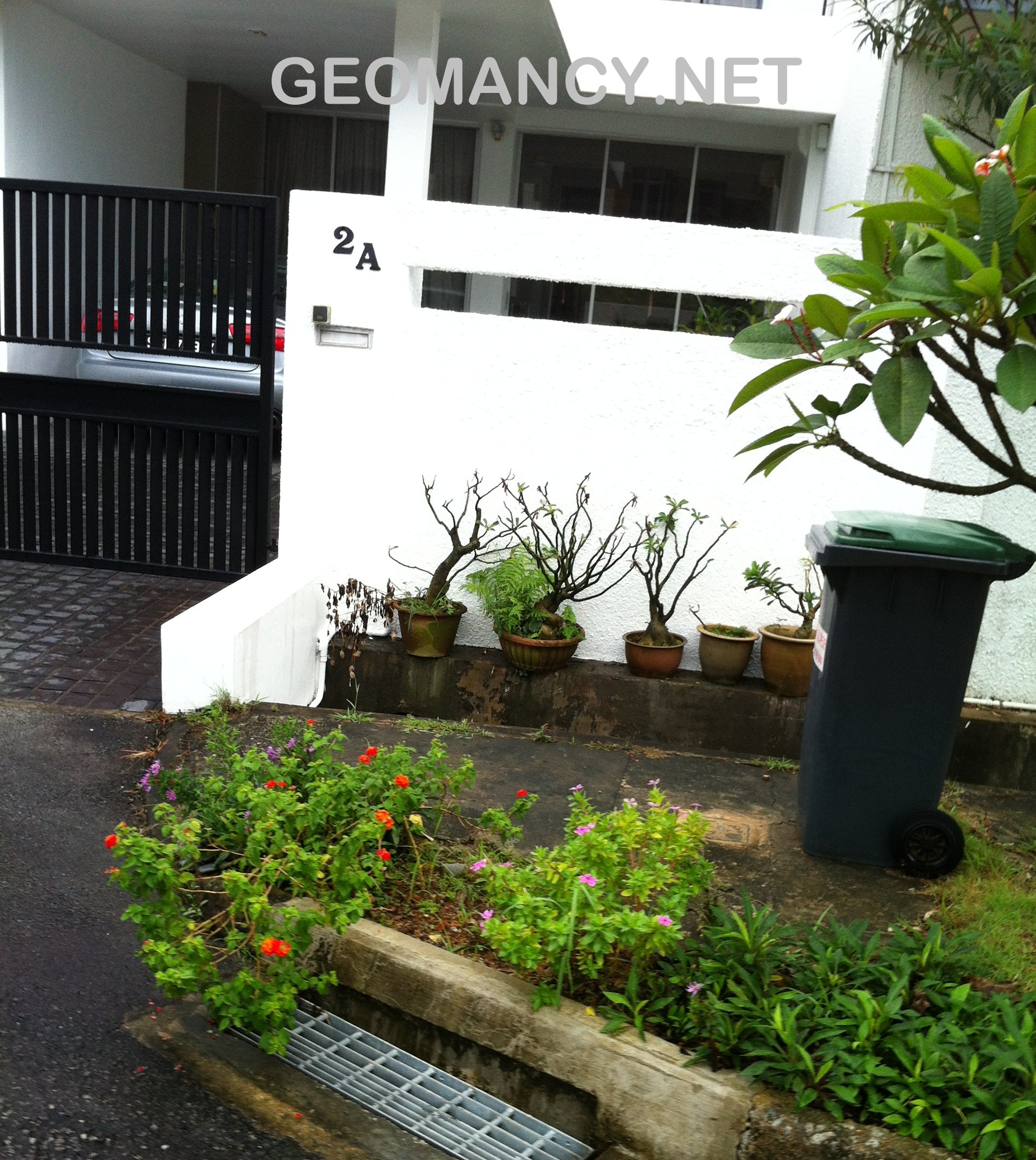
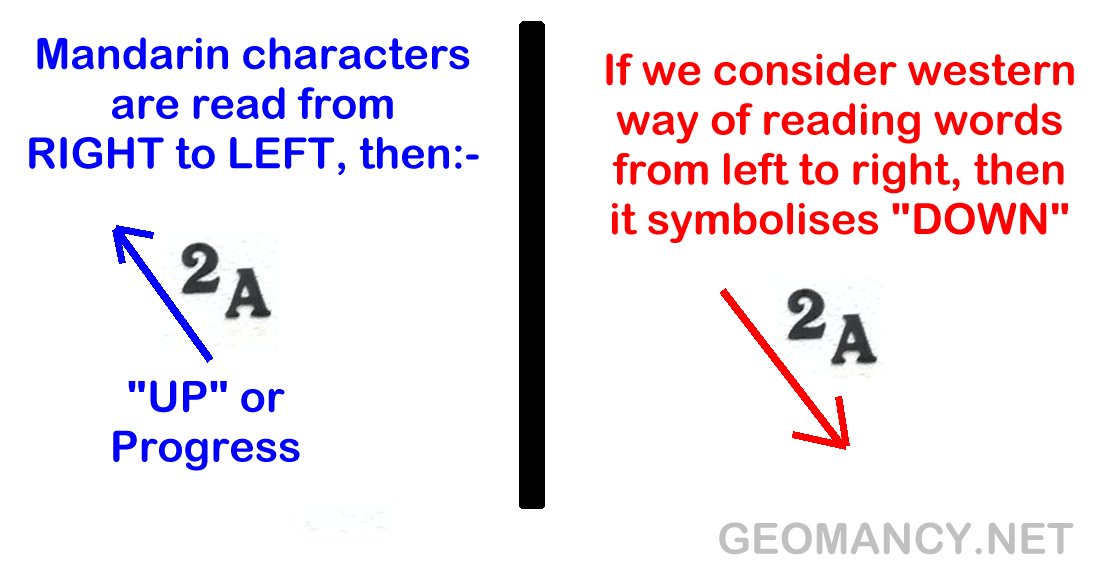
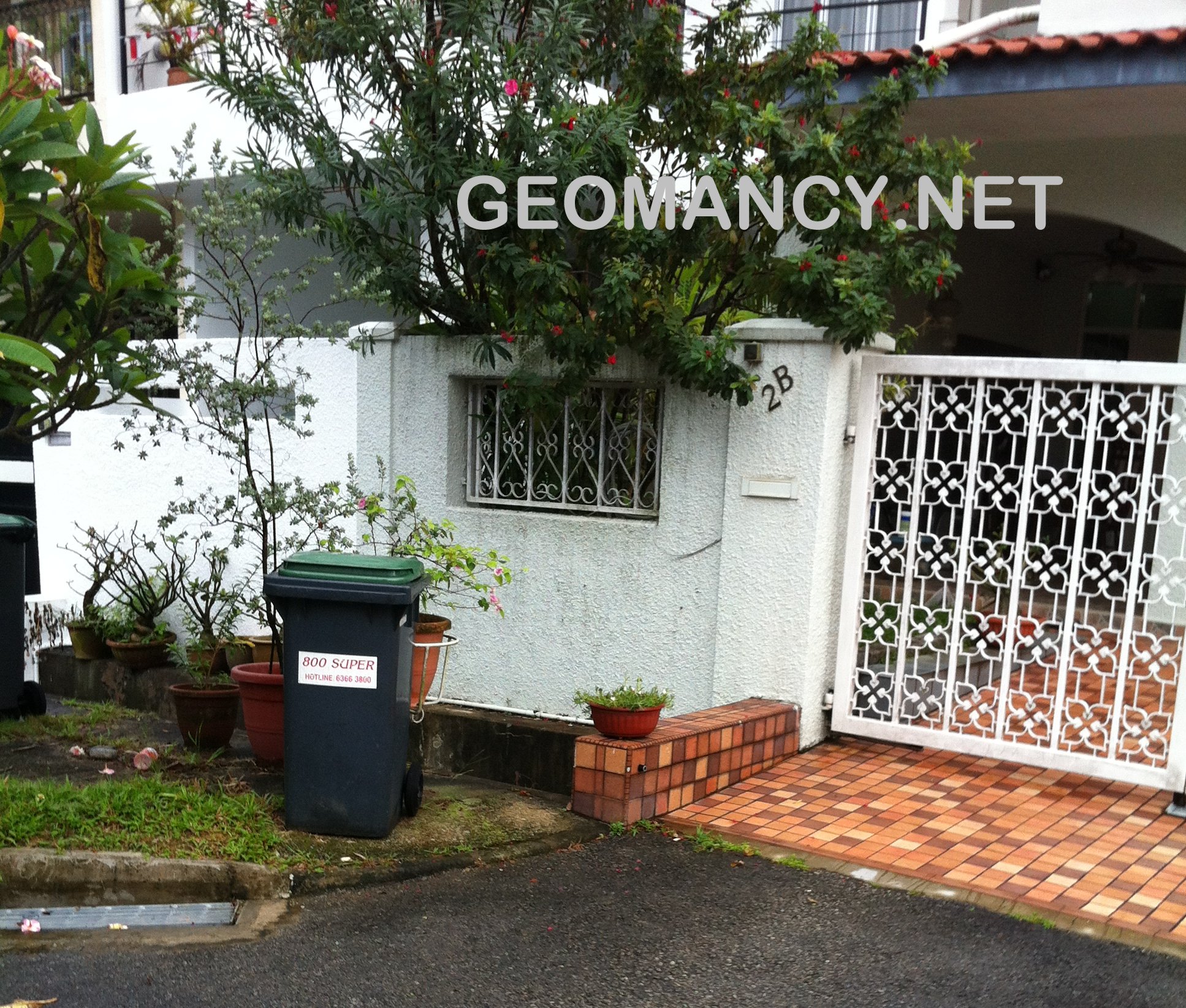
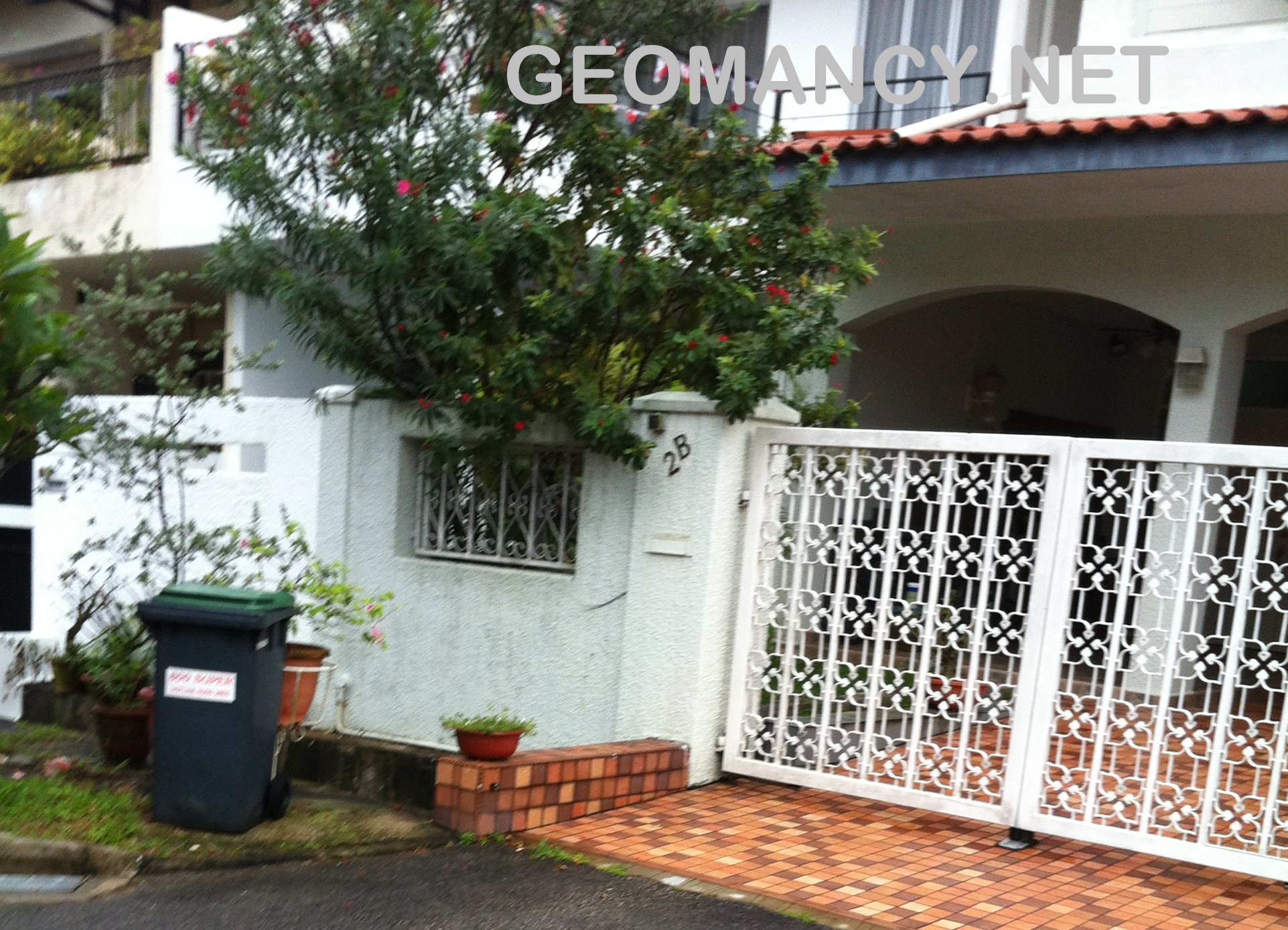
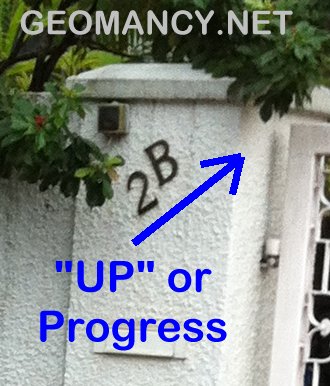
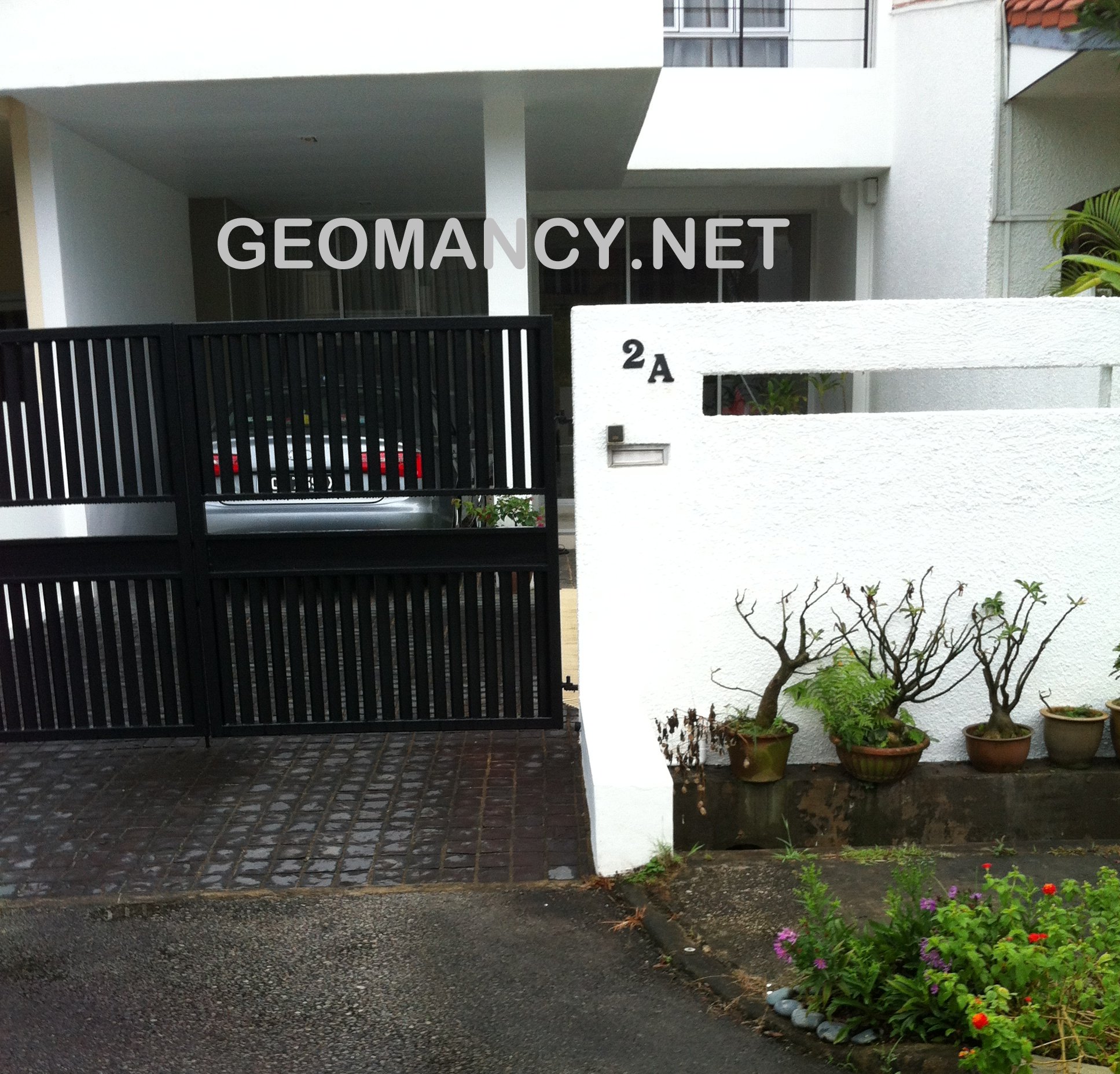
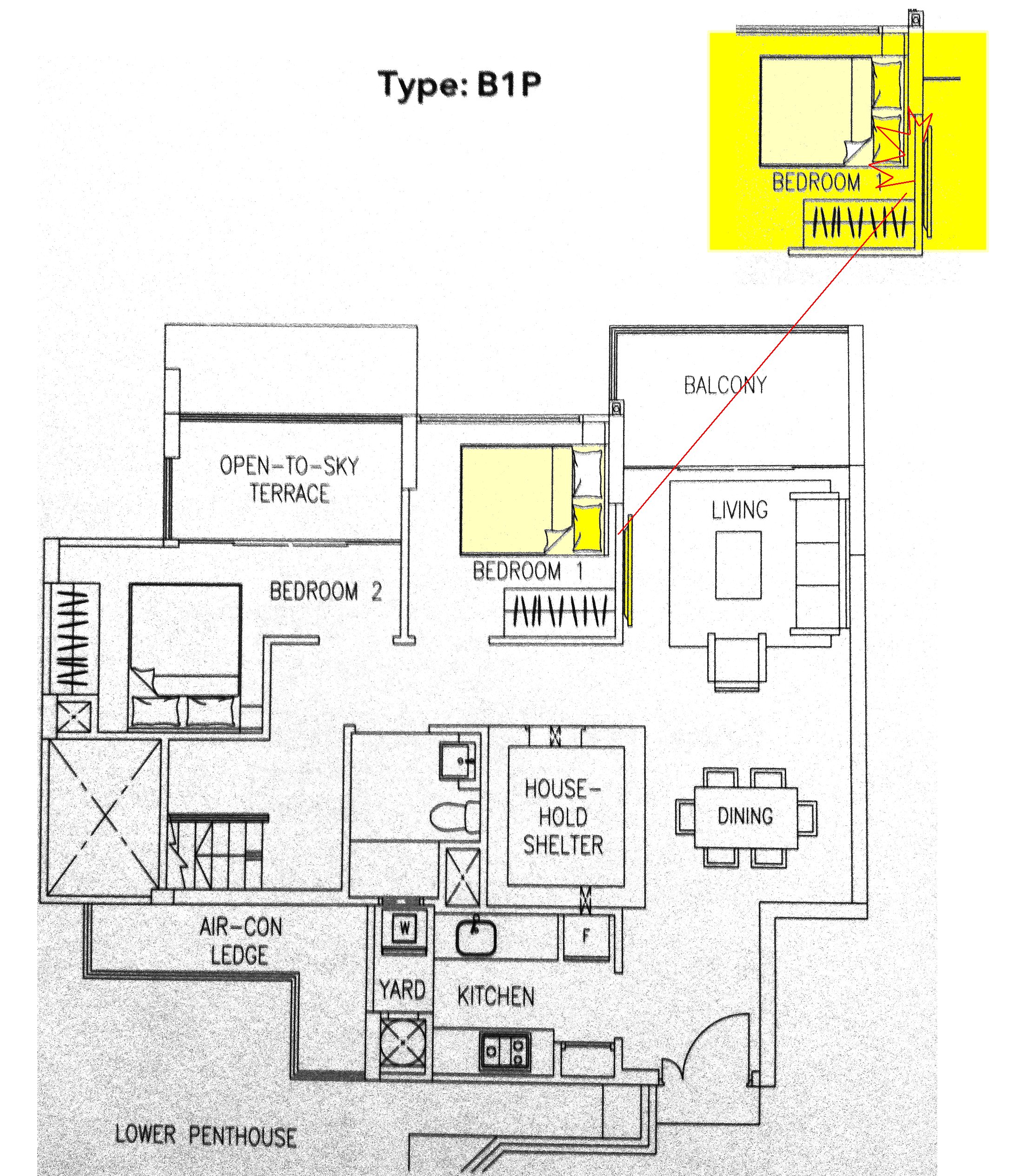
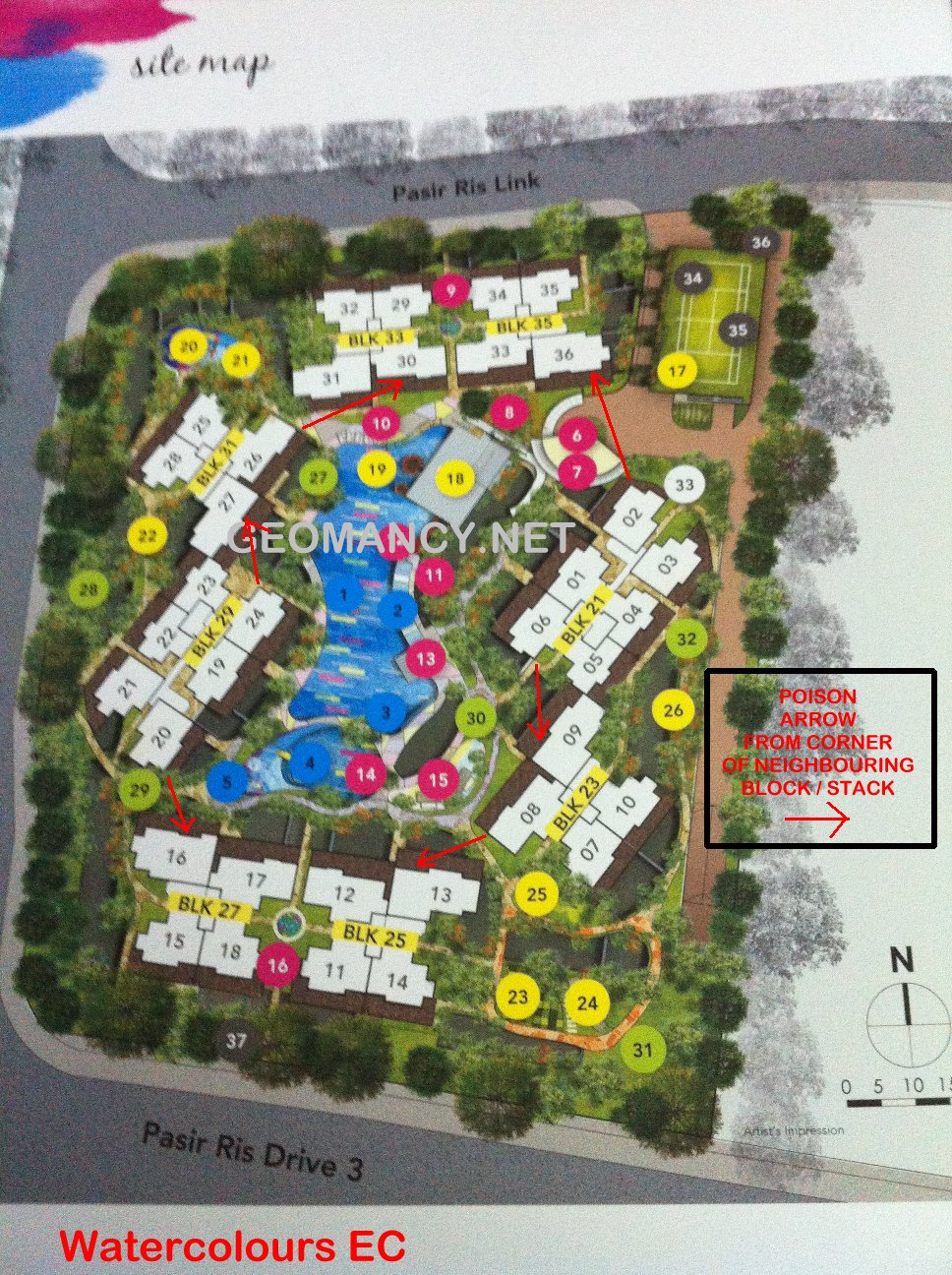
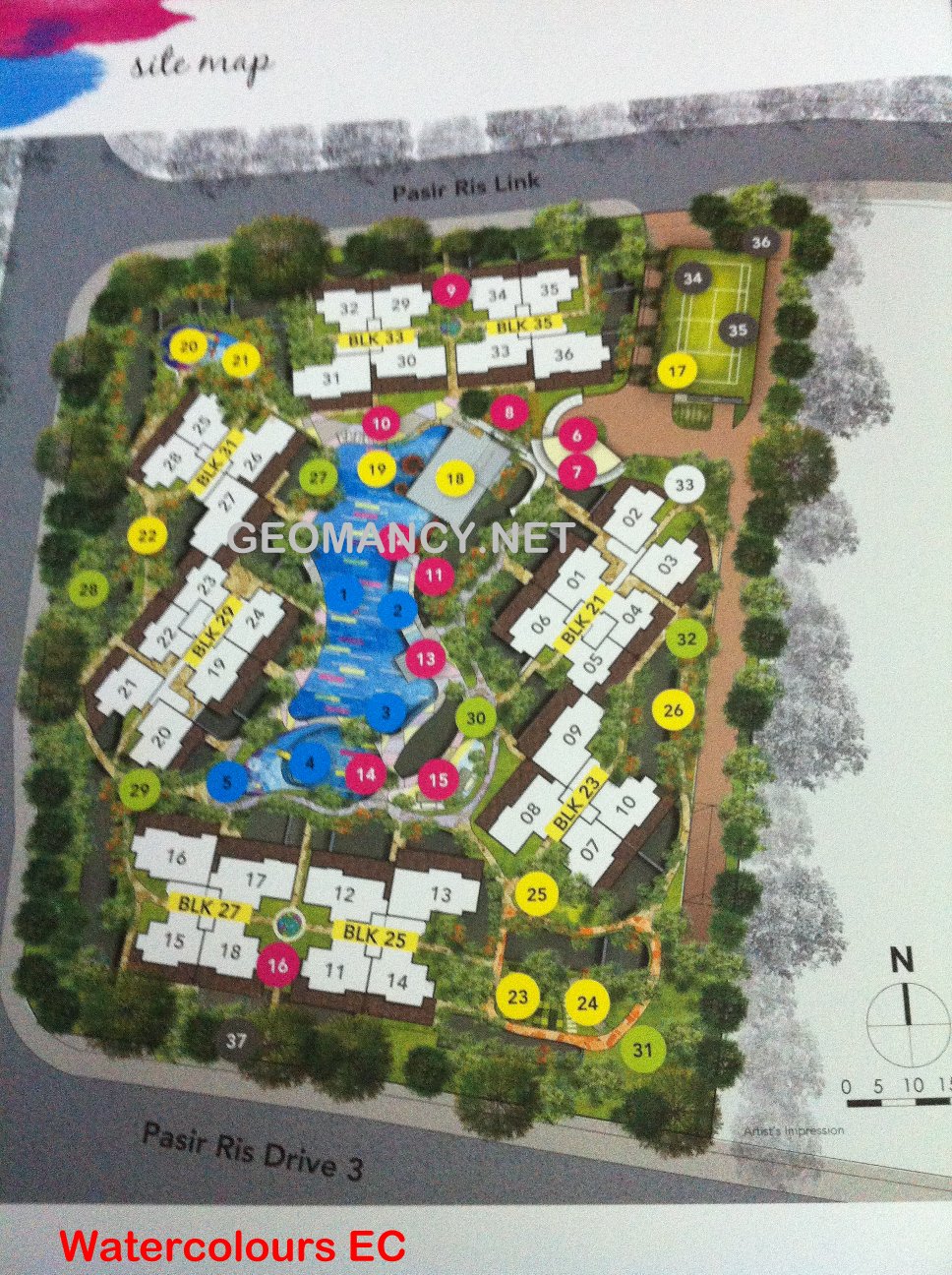
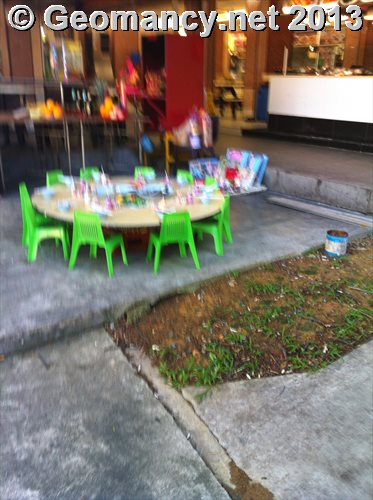
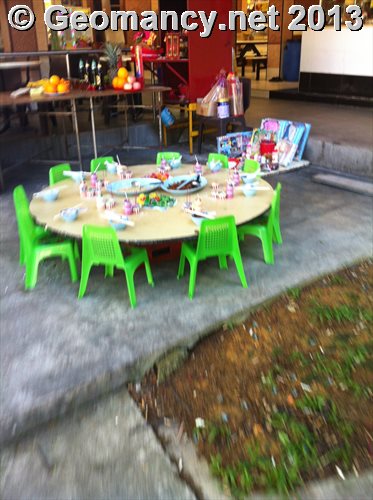
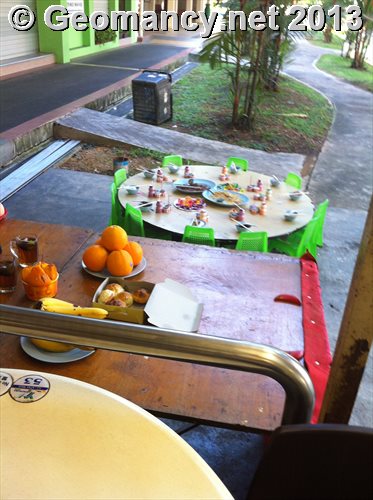
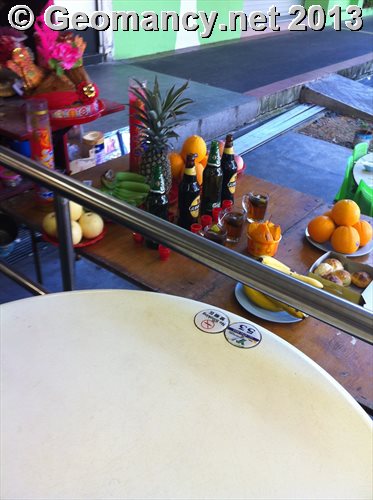
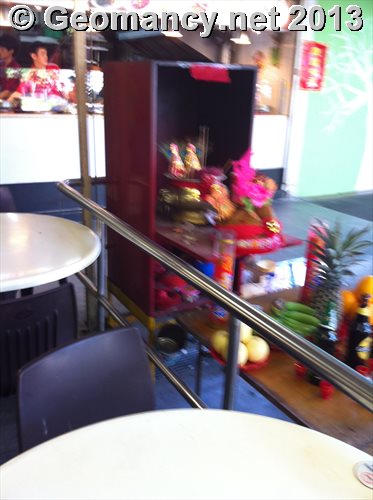
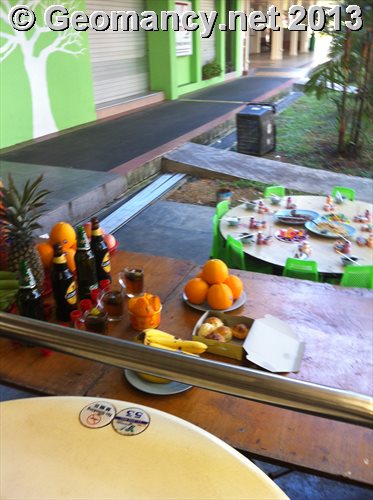
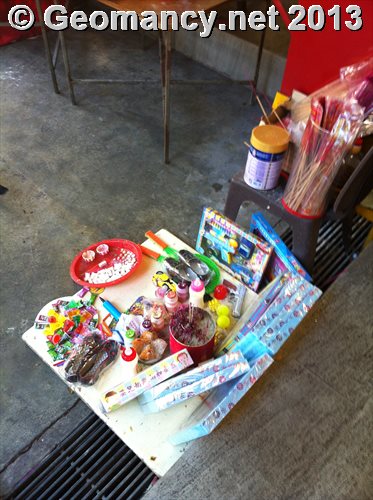
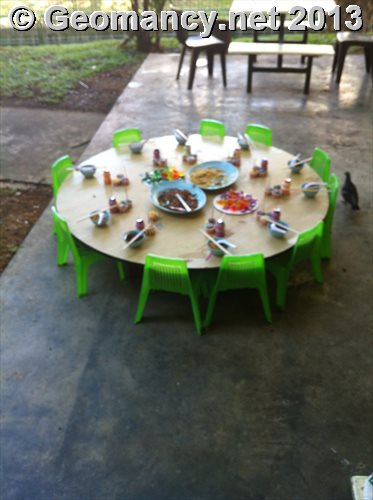
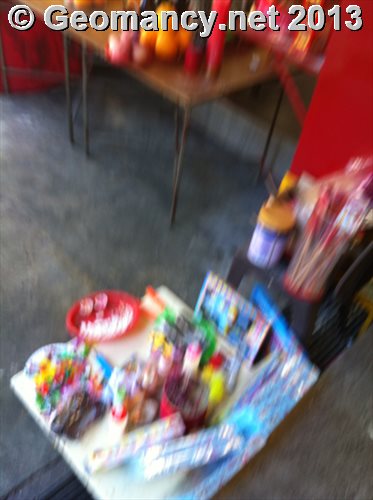
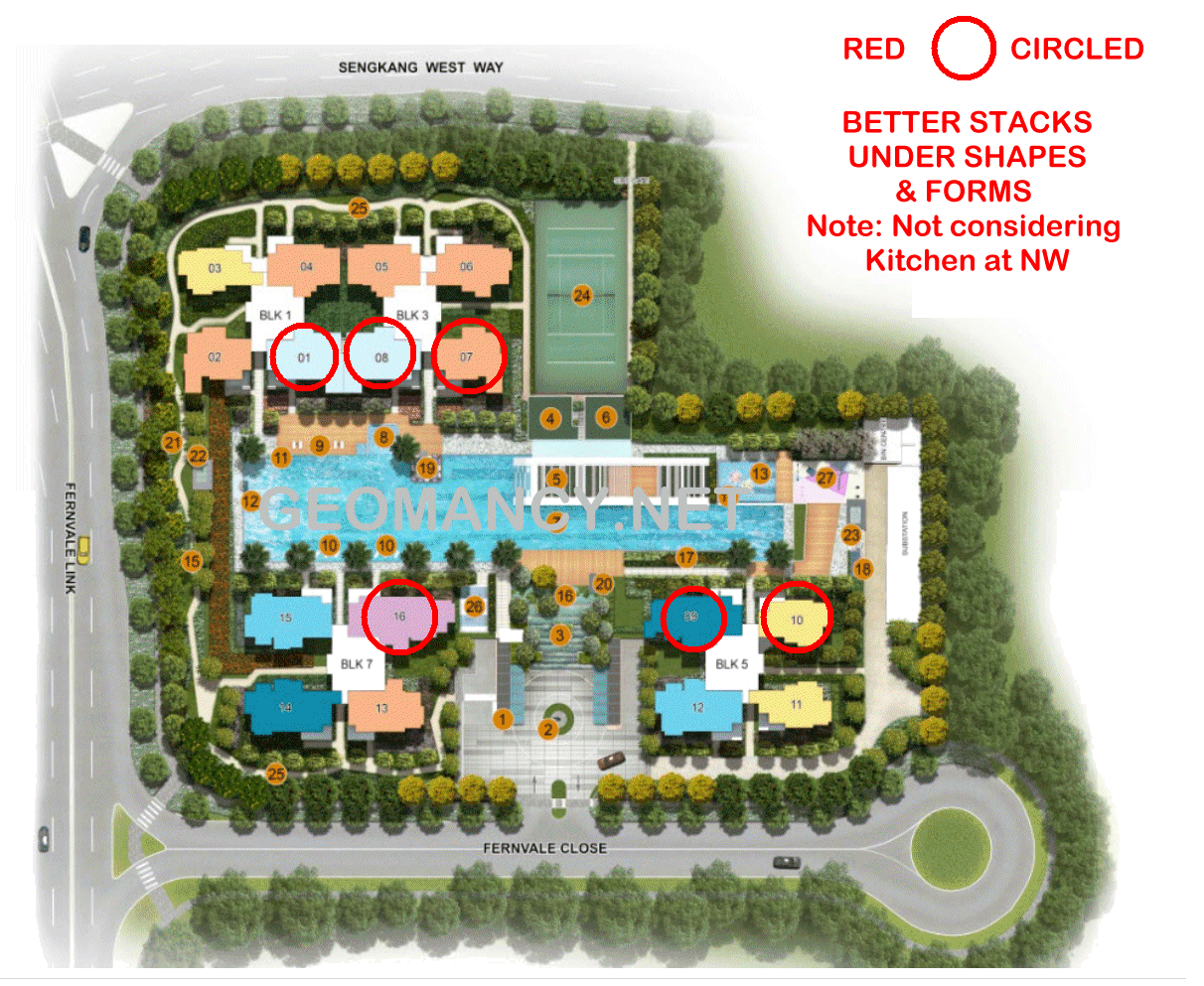
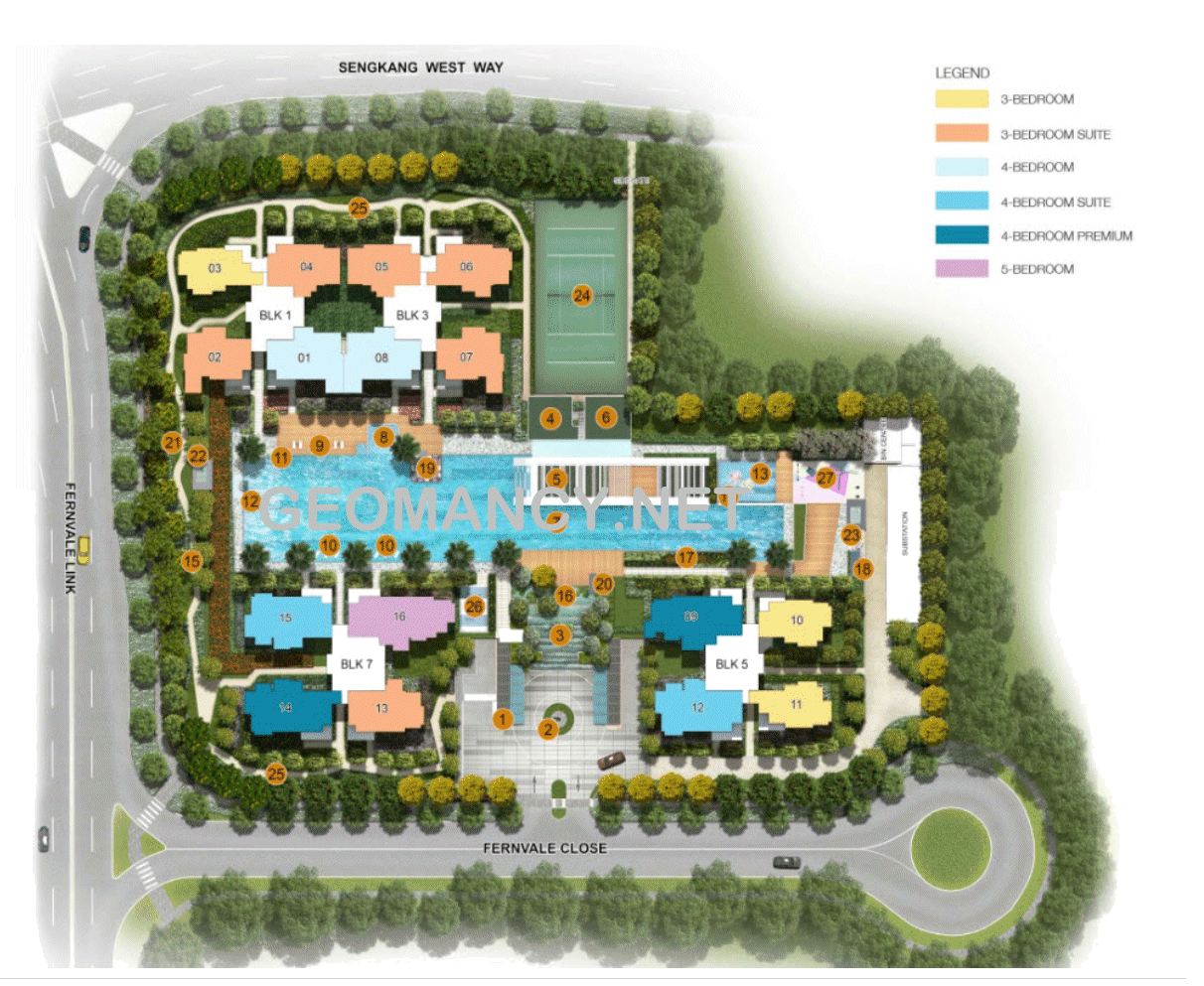
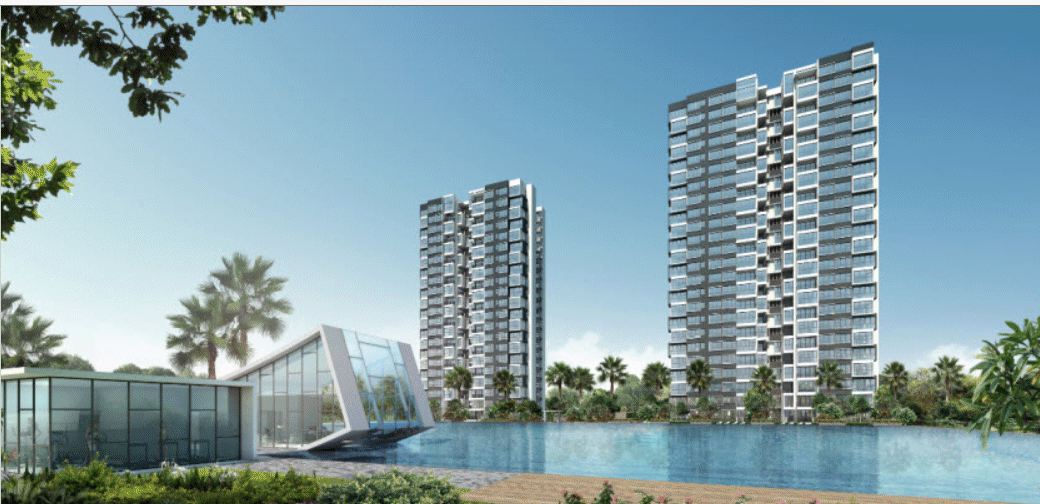
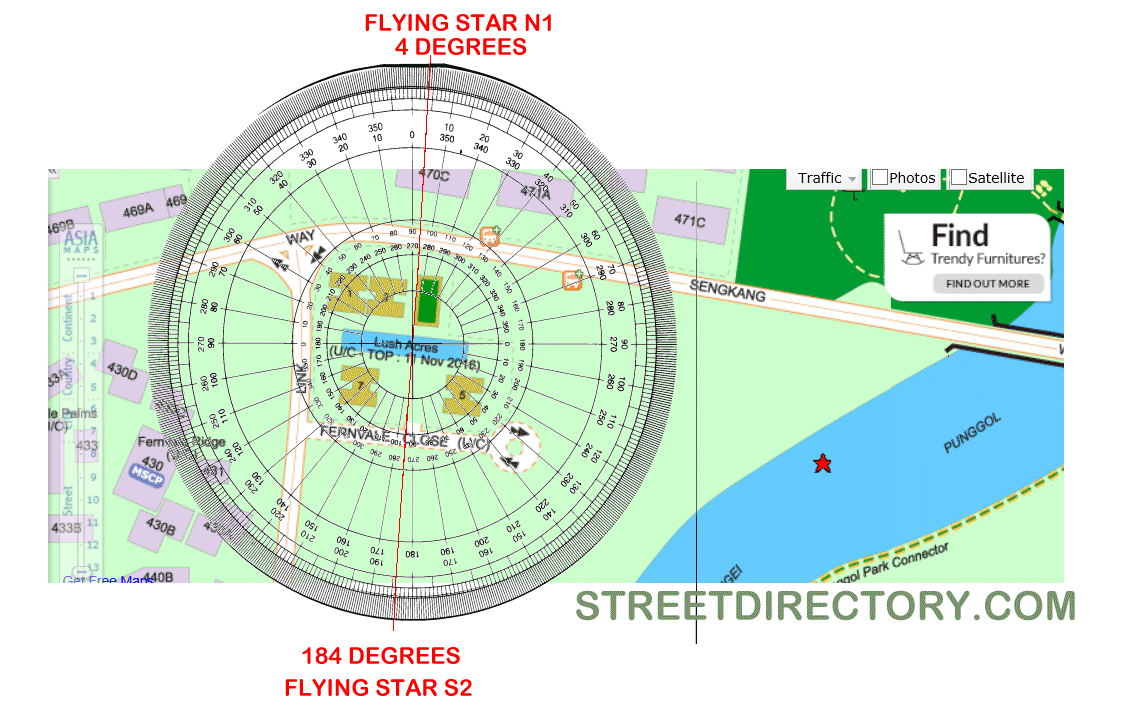
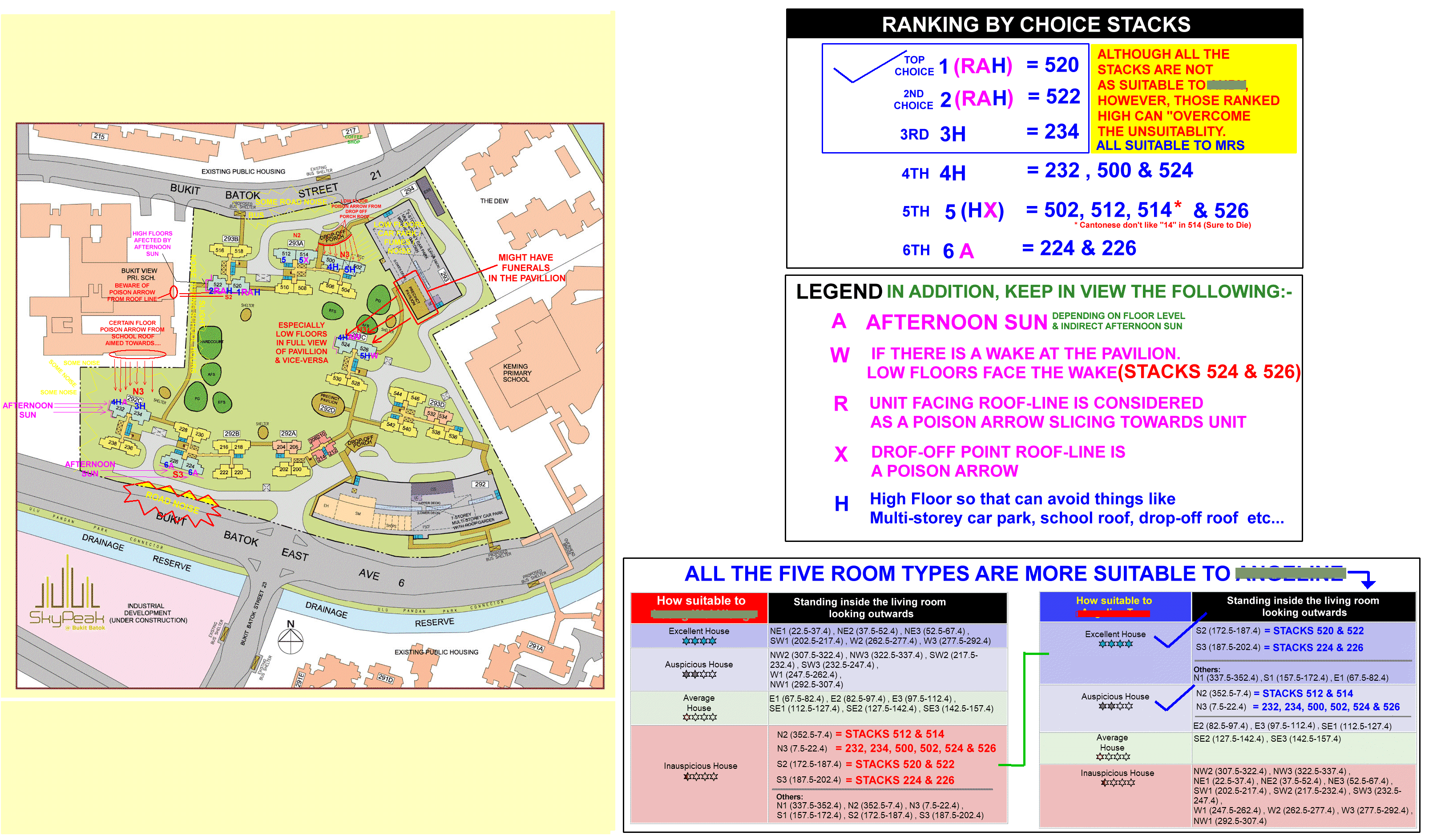
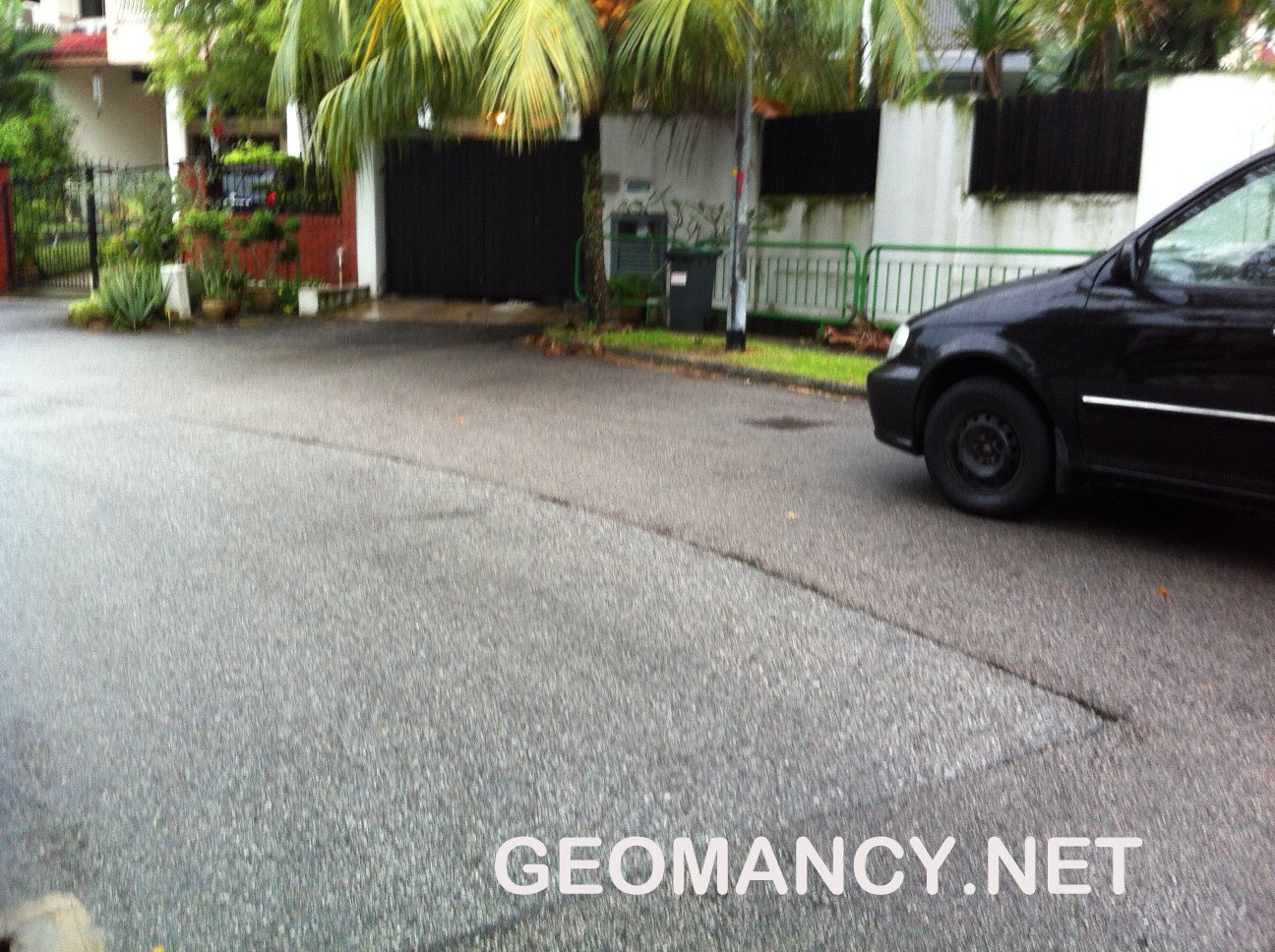
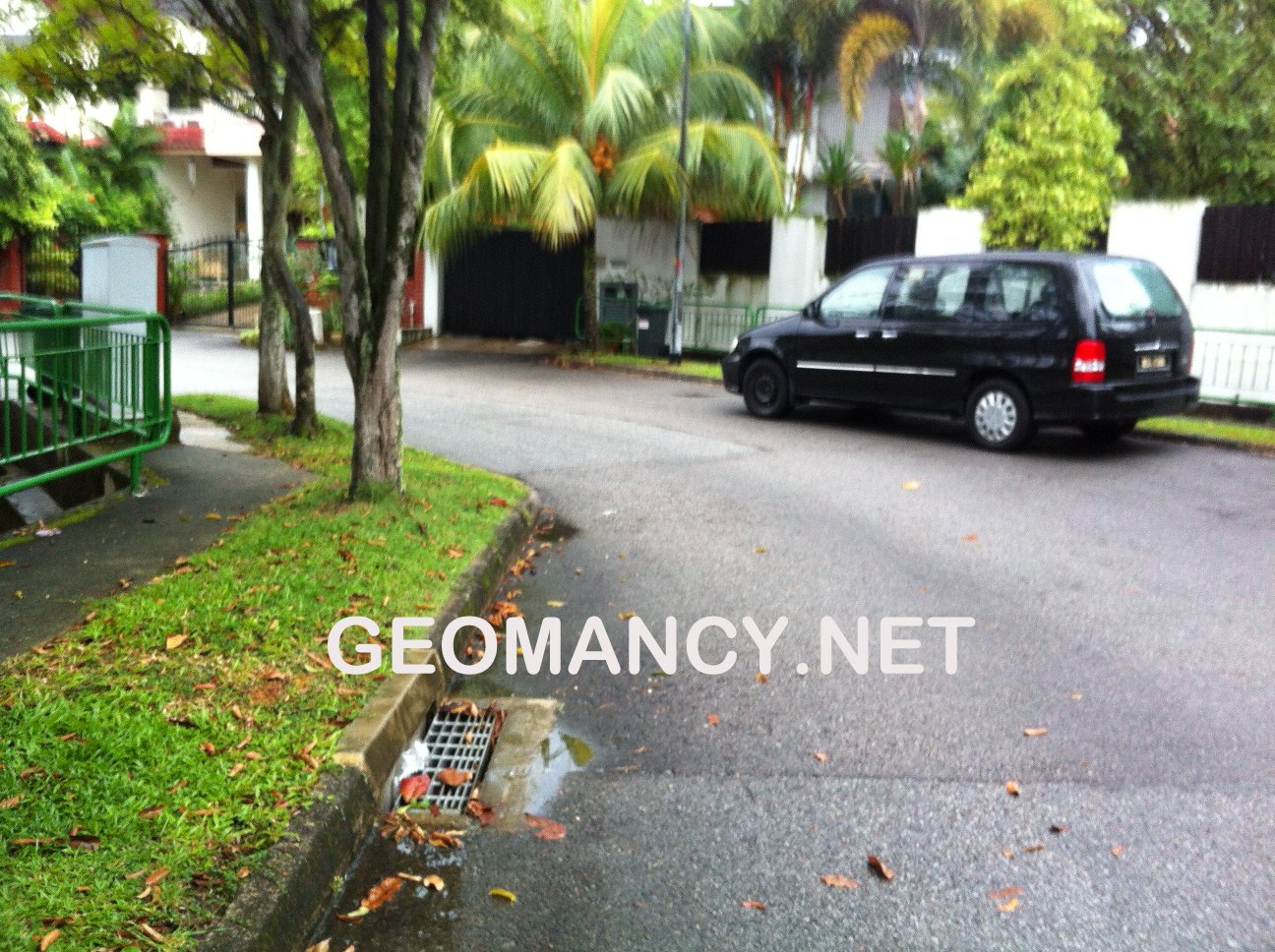
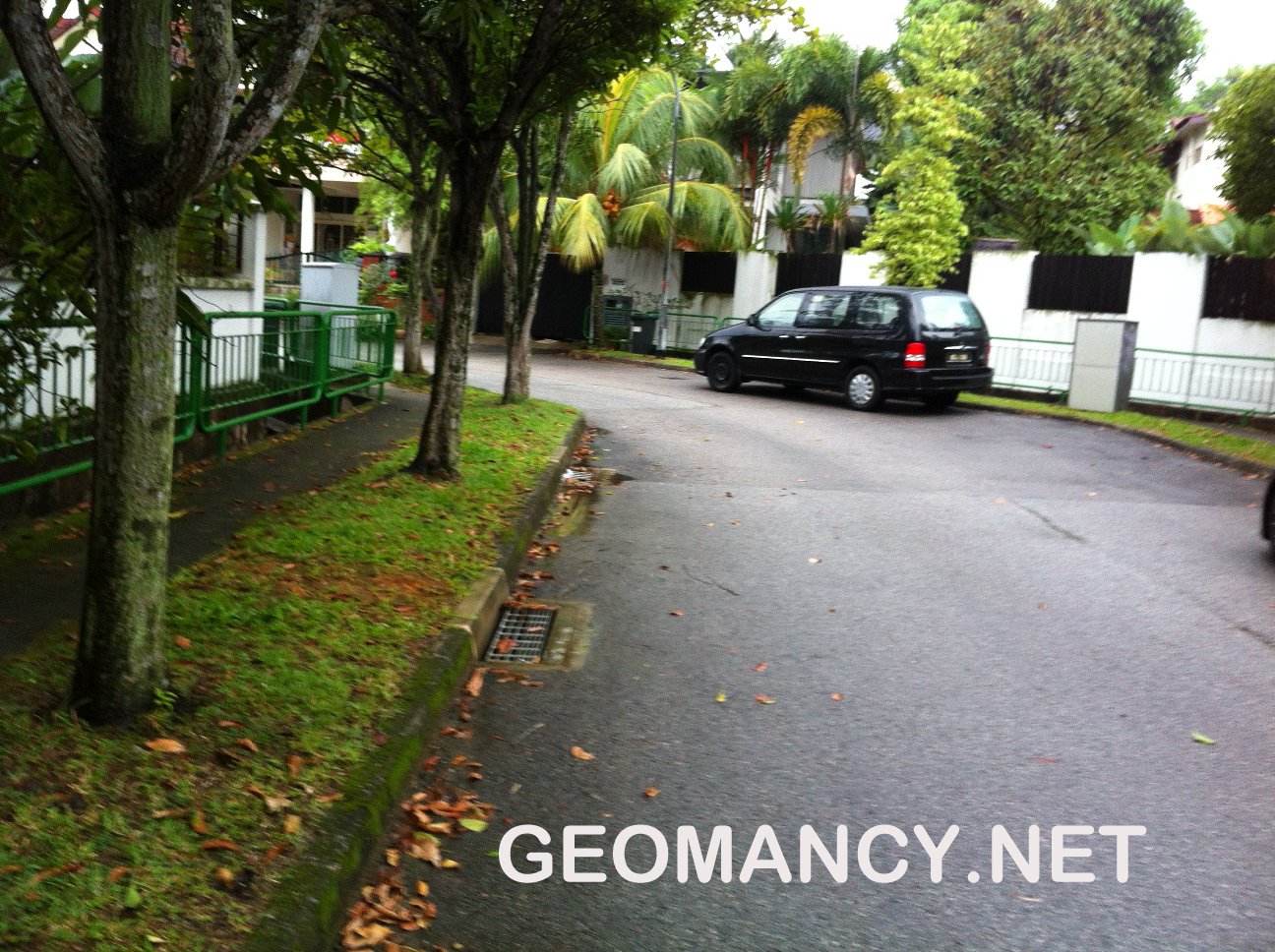
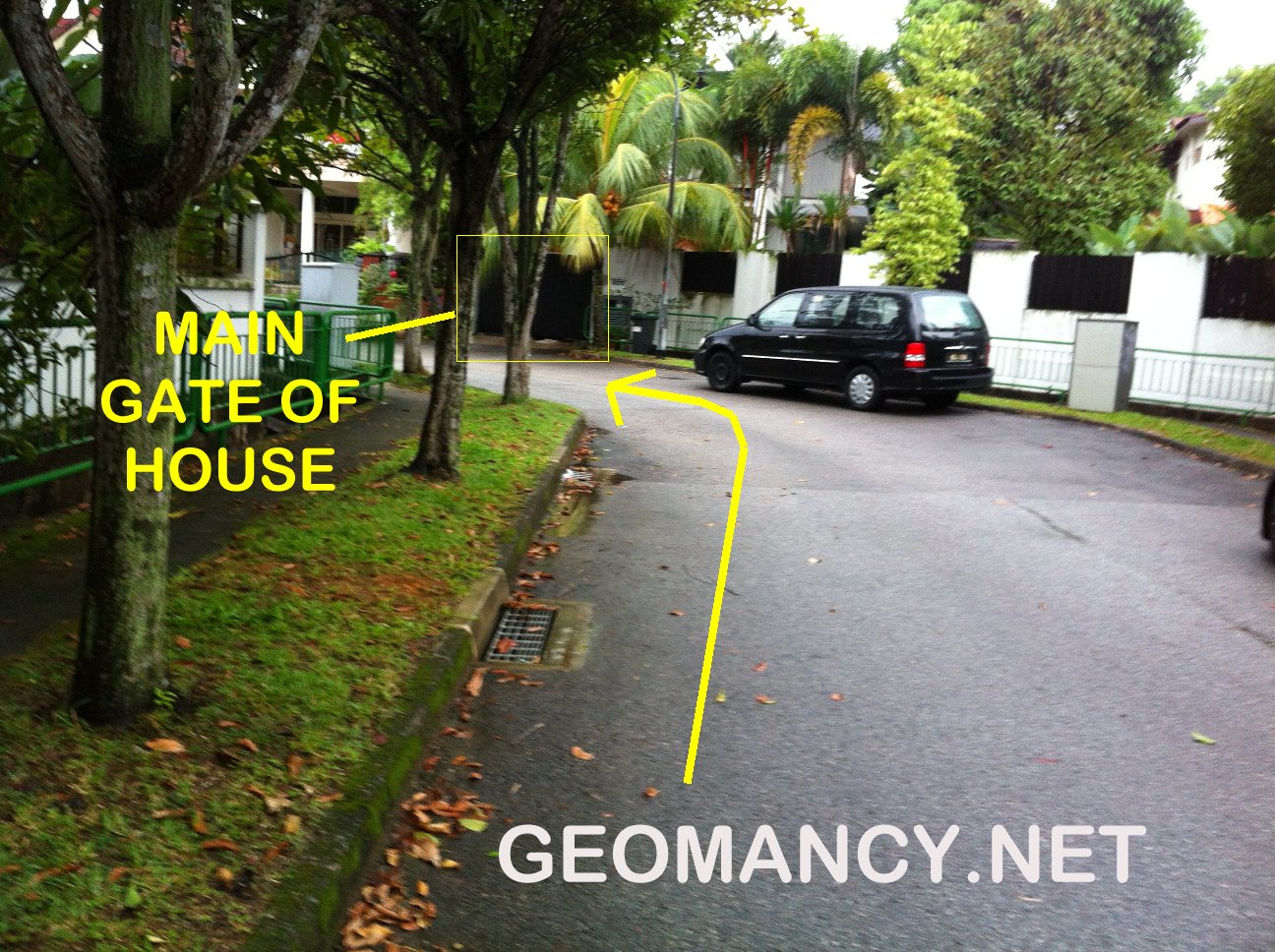
.png.a6c16d52e91b31f7783d08589439cfbc.png)
